Elderberry Fertilizer Info: When And How To Fertilize Elderberry Plants
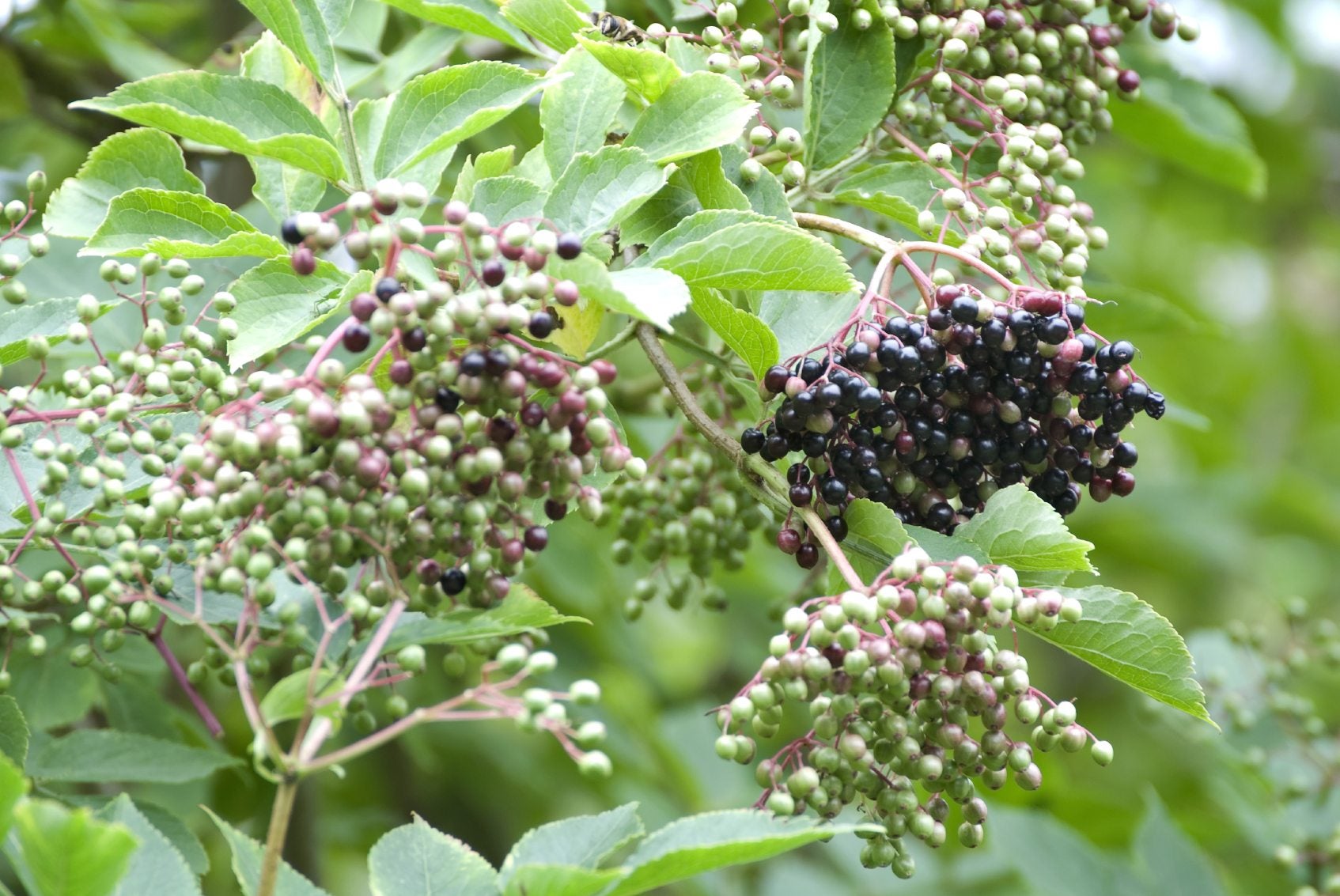
The American elder (Sambucus canadensis) is most often grown for its unusual tasting berries, too astringent to eat raw but delicious in pies, jellies, jams and, on occasion, even made into wine. This shrub, indigenous to North America, is fairly easy to grow, but an application of fertilizer for elderberry will help ensure the best fruit set. So how and when is the best time to fertilize elderberry? Read on to fine out.
Elderberry Fertilizer Info
While elderberries are generally grown for the tasty berry, they are weather hardy (to USDA plant hardiness zone 4) and have aromatic flower clusters which render the plant suitable to grow as an ornamental. Fertilizing elderberries will ensure a healthy shrub and plump, abundant berry production. The berries are rich in vitamin C and contain more phosphorus and potassium than any other temperate fruit crop. As with most fruiting plants, elderberries need well-drained soil with a pH between 5.5 and 6.5. Their root system is shallow, so cultivation should be the same. It takes the shrub three to four years to come into full production, with maturation in late August to early September.
How to Fertilize Elderberry
Elderberries are tolerant of a wide range of soil types but thrive in moist, fertile, well-drained soil. Incorporating some manure or compost into the soil before planting the shrub is the first step in fertilizer for elderberry. Plant in the spring, spacing 6-10 feet (1.8 to 3 m.) apart and keep them well watered for the first season. The best time to fertilize elderberries is in early spring each year. Apply 1/8 pound (56.5 gm) of ammonium nitrate for each year of the shrub's age -- up to one pound (453 gm) per plant. Other elderberry fertilizer info indicates that an application of 10-10-10 may be applied instead. Apply a half a pound of 10-10-10 for each year of the shrub's age -- up to 4 pounds (1.8 kg.) of 10-10-10. Fertilizing elderberries in this manner will help to ensure a bumper crop of berries later in the year. Keep the area surrounding the elderberries clear of weeds, but be gentle. The roots of the elderberry are easily disturbed due to the shallow root system. Pruning is important as the shrub develops fruit on the tips of the second year canes with good lateral development. Older canes tend to lose vigor and production, so it is best to prune them out when dormant in late winter to early spring.
Gardening tips, videos, info and more delivered right to your inbox!
Sign up for the Gardening Know How newsletter today and receive a free copy of our e-book "How to Grow Delicious Tomatoes".

Amy Grant has been gardening for 30 years and writing for 15. A professional chef and caterer, Amy's area of expertise is culinary gardening.
-
 Moody Blooms For Spring: 8 Types Of Black Flowers To Add Drama To Spring Displays
Moody Blooms For Spring: 8 Types Of Black Flowers To Add Drama To Spring DisplaysFrom midnight burgundies to inky violets, several types of black flowers can enrich and embolden a spring display. Try these brooding bloomers for a moody garden
By Tonya Barnett
-
 Can Snake Plants Live Outside? Everything You Need To Know For Snake Plants Al Fresco
Can Snake Plants Live Outside? Everything You Need To Know For Snake Plants Al FrescoSnake plants can live outside given the right conditions, but be careful that they don't take over! Learn the best way to use snake plants in your landscape.
By Mary Ellen Ellis
-
 Elderberries Not Fruiting – How To Get Elderberry Fruit
Elderberries Not Fruiting – How To Get Elderberry FruitNo berries on elderberry? There may be a simple explanation. Read on for a helpful tips that may resolve the problem of elderberries not fruiting.
By Mary H. Dyer
-
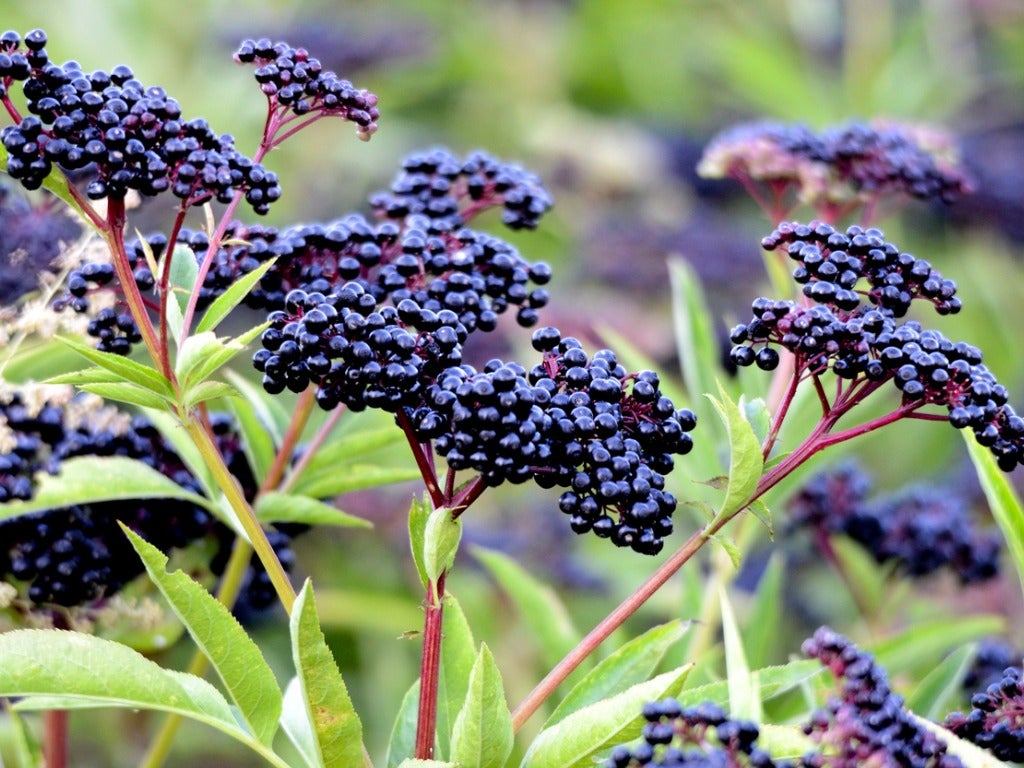 Germinating Elderberry Seeds – Elderberry Seed Growing Tips
Germinating Elderberry Seeds – Elderberry Seed Growing TipsIf you are cultivating elderberries for commercial or personal harvest, growing elderberry from seed may not be the most efficient way to go, however, it is possible. Click here to learn more.
By Teo Spengler
-
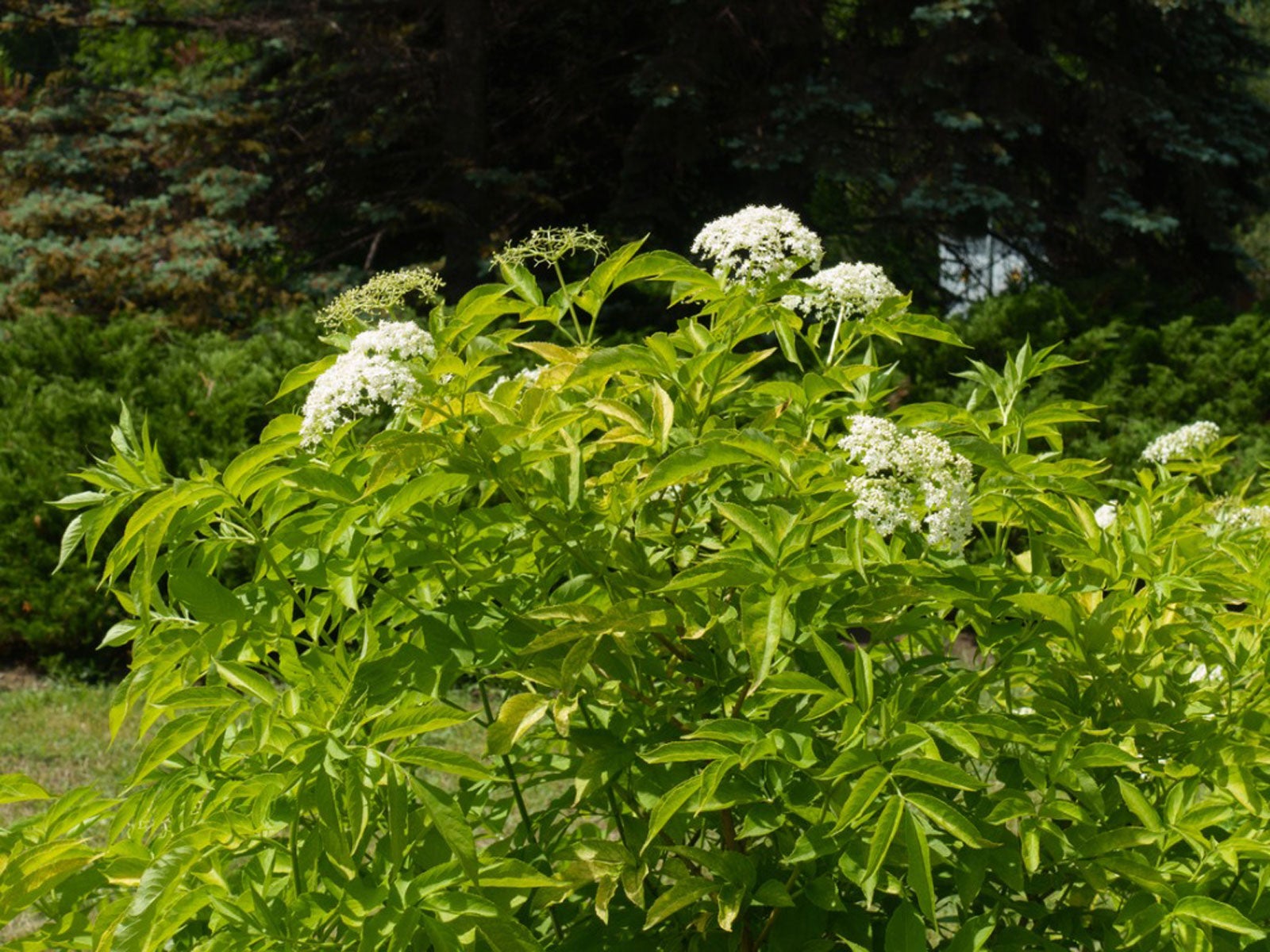 Transplanting Elderberries – How To Transplant Elderberry Bushes
Transplanting Elderberries – How To Transplant Elderberry BushesElderberry plants are attractive and productive. If you have a poorly sited shrub, moving an elderberry is not difficult. Get tips here.
By Teo Spengler
-
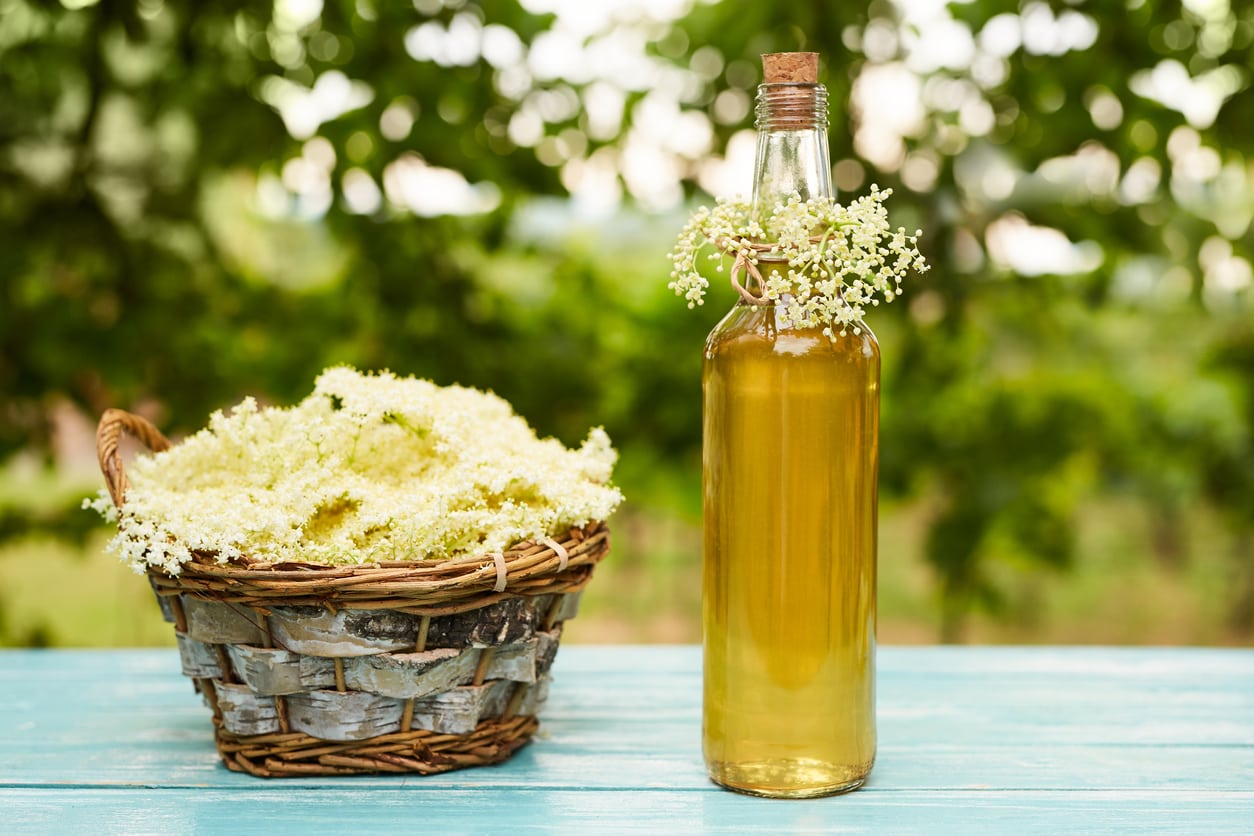 What To Do With Elderflowers: How To Use Elderflowers From The Garden
What To Do With Elderflowers: How To Use Elderflowers From The GardenMany gardeners and cooks know about elderberries, the small dark fruits that are especially popular in European cuisine. But before the berries come the flowers, which are tasty and useful in their own right. Click here to learn what to do with elderflowers.
By Liz Baessler
-
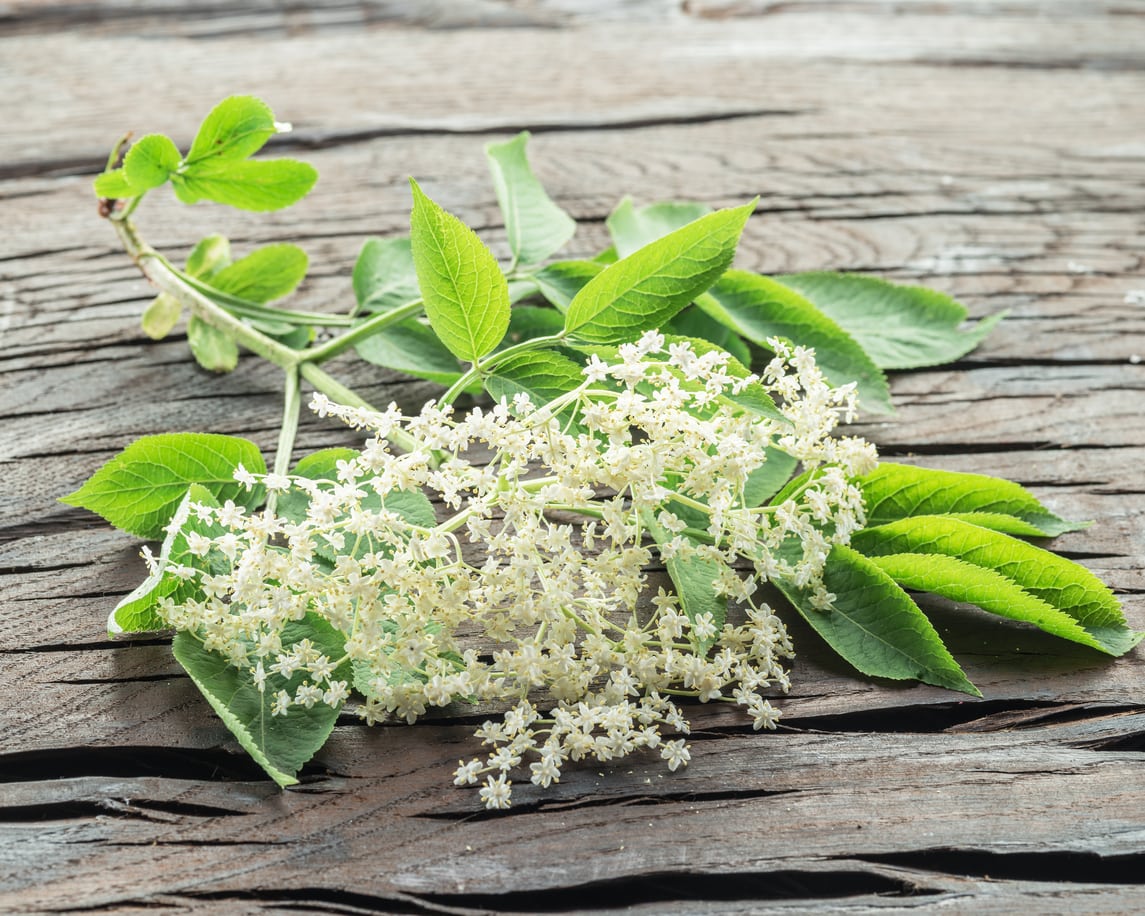 Elderberry Flowers – Growing Elderflowers In The Garden
Elderberry Flowers – Growing Elderflowers In The GardenElderberry is most well-known for its fruit, but you can also grow elderberries for their flowers. American elder is a fast-growing bush that will tolerate a variety of conditions and requires little care and maintenance. Learn more in this article.
By Mary Ellen Ellis
-
 How To Harvest Elderflowers – Tips For Picking Elderflowers
How To Harvest Elderflowers – Tips For Picking ElderflowersElderflowers have a long tradition of use and colorful lore. They are most useful in herbal concoctions during flu and cold season. Picking elderflowers when in season and drying them is an excellent way to preserve them for fall and winter sick days. This article will help.
By Bonnie L. Grant
-
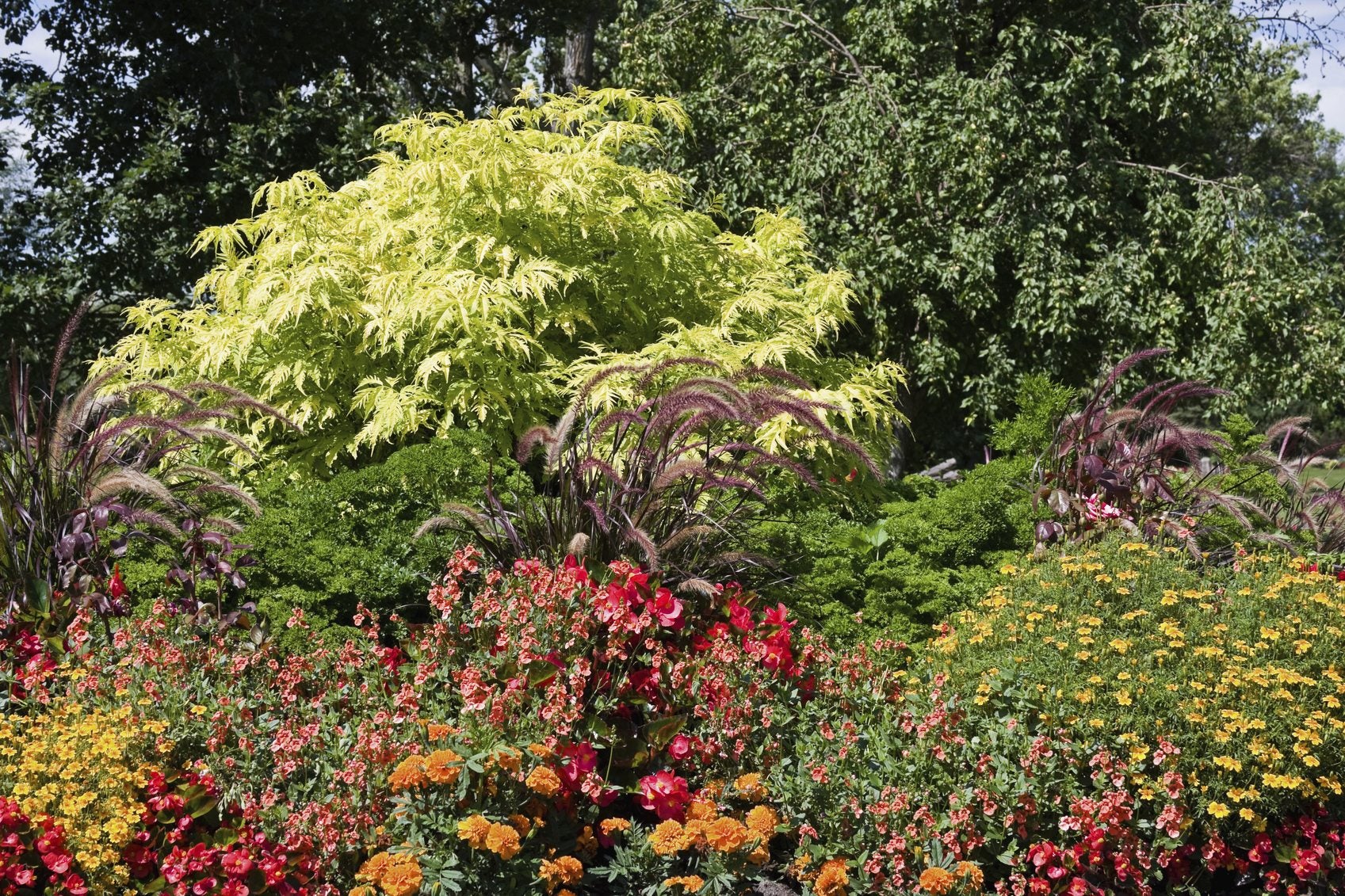 Elderberry Plant Companions – Tips On Planting With Elderberries
Elderberry Plant Companions – Tips On Planting With ElderberriesGardeners love elderberries because they attract pollinators, like butterflies and bees, and provide food for wildlife. These shrubs can be planted alone but look best with elderberry plant companions. What to plant with elderberries? This article will help.
By Teo Spengler
-
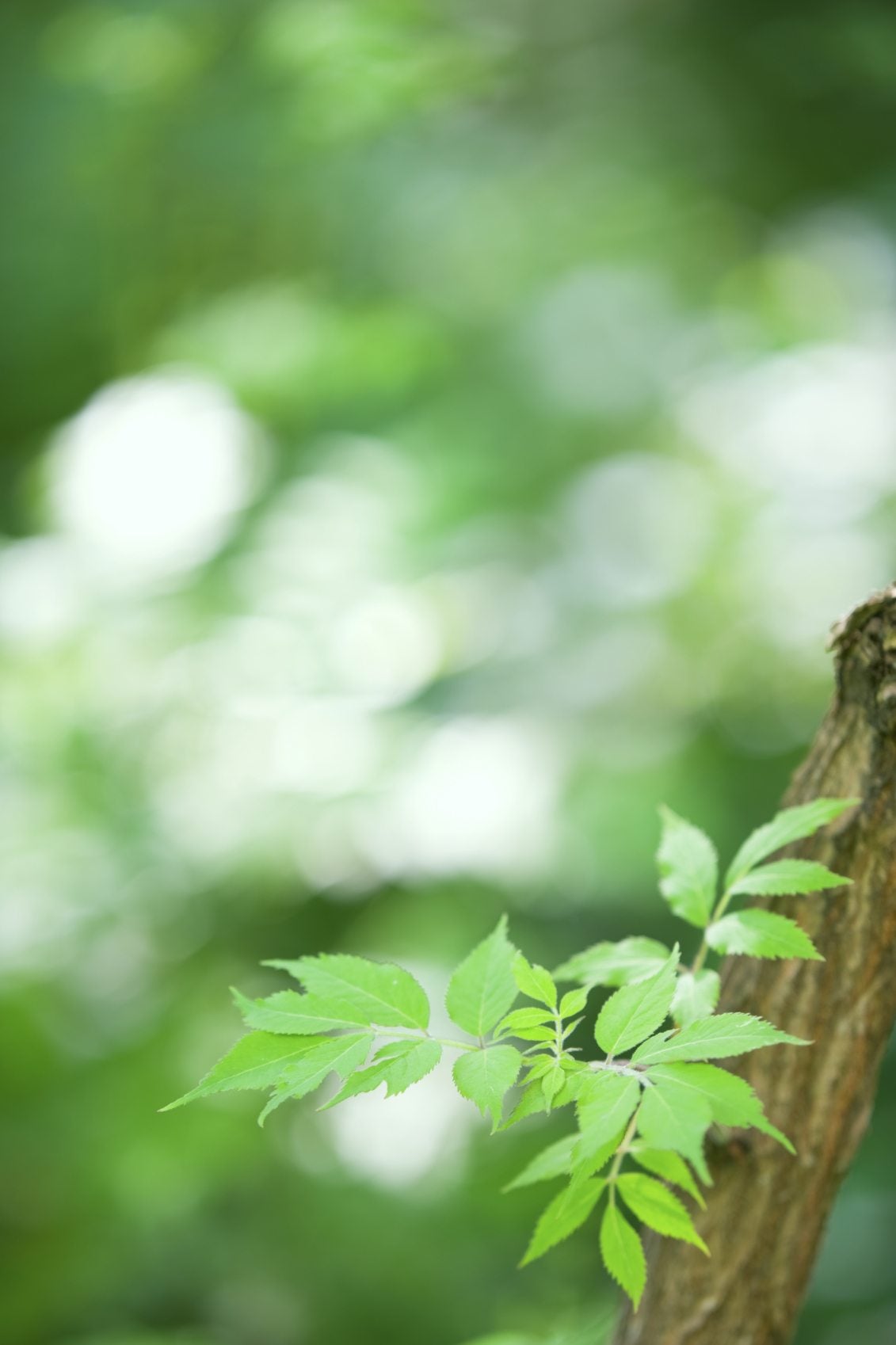 Rooting Elderberry Cuttings: How To Propagate Elderberry Cuttings
Rooting Elderberry Cuttings: How To Propagate Elderberry CuttingsElderberries are woody plants, thus starting elderberry from cuttings is a simple and common method of elderberry propagation. How to propagate elderberry cuttings and when is the best time to take elderberry cuttings? Learn more here.
By Amy Grant